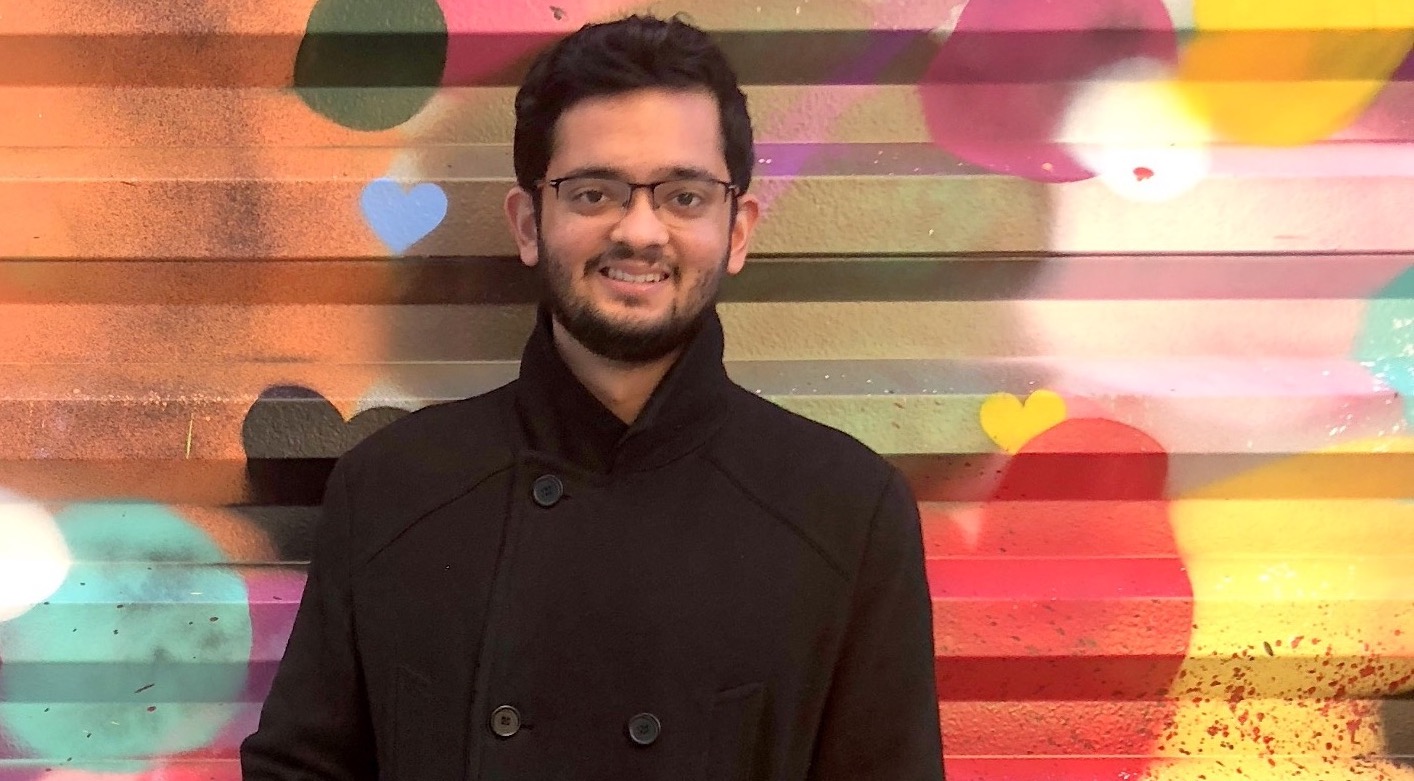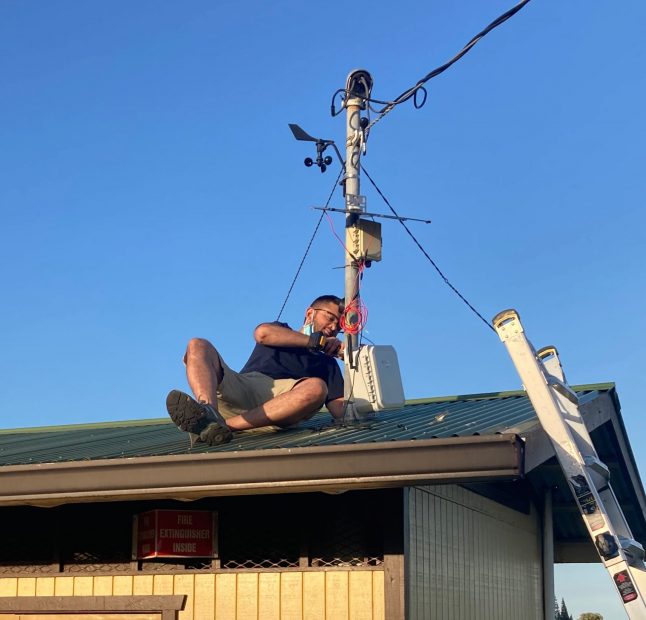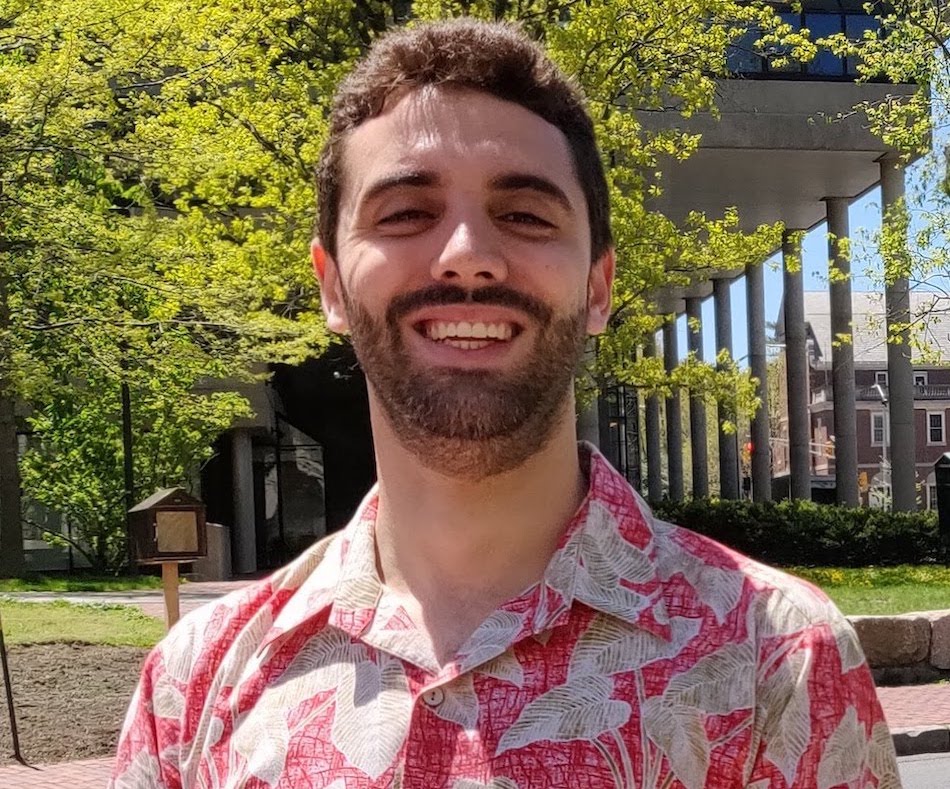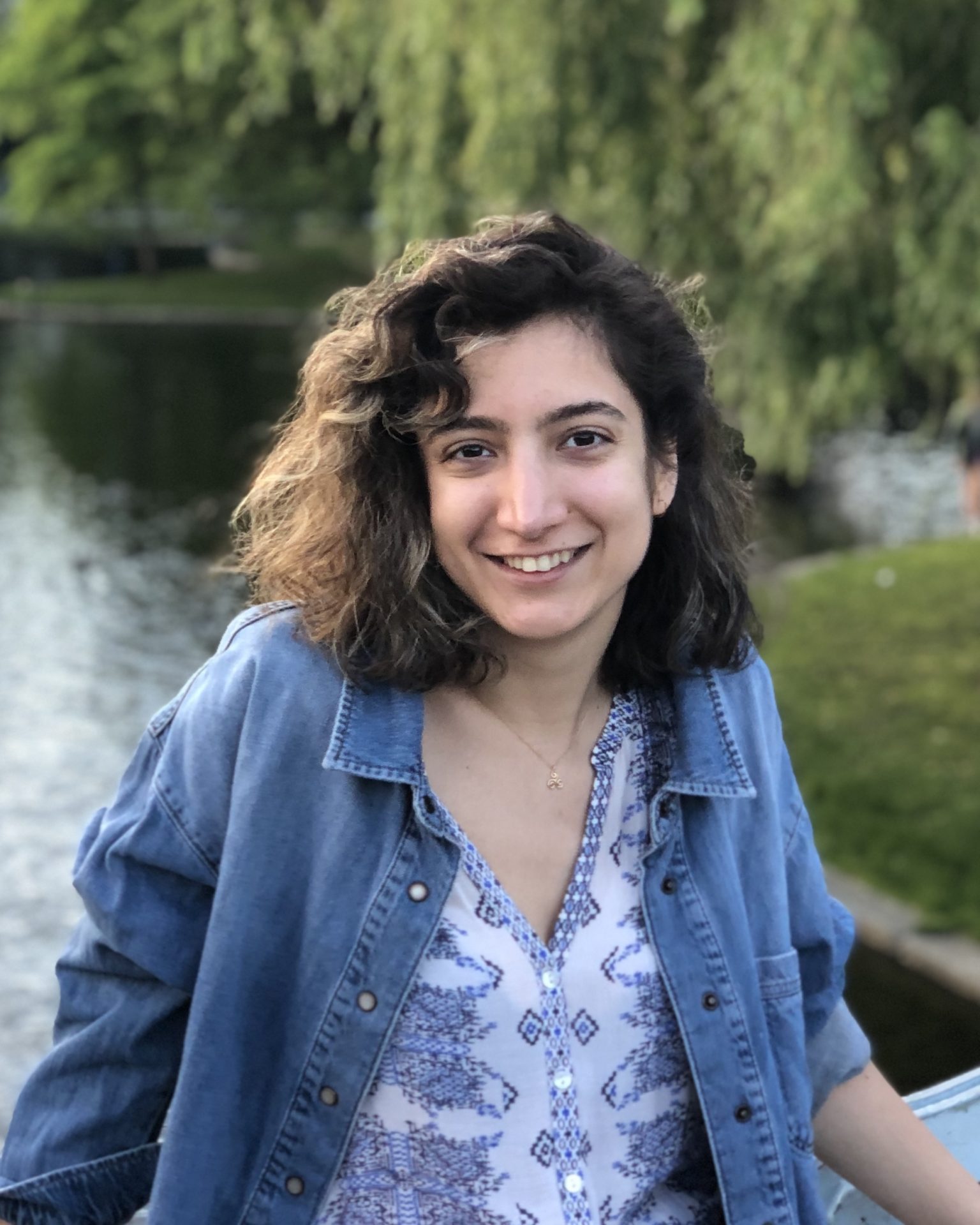Sidhant Pai: Graduate Spotlight

Hometown: Pune, India and Acton, MA
Degree program: PhD, Atmospheric Chemistry and Composition Modeling, June 2022
Advisor: Professor Colette Heald
How did you first become interested in Civil and Environmental Engineering?
I was first exposed to environmental science while working as a summer intern in the 11th grade at an environmental non-profit. It was an impactful experience and got me thinking about a career in environmental science. I came to MIT as a first-year undergrad in 2010 and was immediately introduced to CEE via the department’s pre-orientation program. It was great exposure to the research happening at the department, and I felt particularly drawn to the idea of applying an engineering lens to large-scale environmental problems. I declared Course 1 as a sophomore and, as I took more advanced classes on chemical transport and atmospheric chemistry, found that I was increasingly interested in the underlying subject matter.
What is your area of research?
Particulate air pollution has a large impact on global climate, human health and natural ecosystems. Research suggests that these pollutants contribute to millions of premature deaths every year, largely in developing countries like India and China. This makes it very important to accurately model the sources and atmospheric fates of these pollutants. However, particulate pollutants are formed through a variety of different mechanisms, making them very difficult to accurately simulate. In particular, a large fraction is formed in the atmosphere from other gaseous pollutants. This type of particulate is called secondary particulate (or secondary aerosol) and is notoriously difficult to model accurately.
The goal of my doctoral work is to better constrain the sources and atmospheric fates of a few key secondary particulate species, with the aim of improving model representation of these aerosols. My research uses observational constraints from surface, aircraft and satellite measurements, in conjunction with statistical data analysis and computational modeling, to improve our understanding of particulate pollutants in the atmosphere. My long-term interests are at the intersection of earth science and real-world decision-making, and my hope is that my doctoral work will contribute to a larger body of literature that will help make more informed air quality management decisions, particularly in the developing world.
Why did you choose this research focus? Was there something that inspired you or did you always have this interest from a young age?
After graduating undergrad in 2014, I moved back to India for a few years to work on a non-profit project. Indian cities regularly experience severe air pollution episodes, with large detrimental impacts that are viscerally apparent. Over the course of my work in India, I had the opportunity to engage directly with local policy-makers in the air quality and climate domain to discuss these issues. The exposure helped me appreciate the importance of science-based solutions to these large environmental problems and got me thinking about grad school. I returned to MIT in 2017 as a PhD student with the goal of better understanding the underlying science behind degraded air quality and accelerating climate change. My hope is that I might eventually be able to leverage this knowledge to help improve air-quality and climate-related decision-making and resource allocation.
What are your hobbies or interests?
I enjoy Tennis, squash, basketball, snowboarding, reading and cycling.
Tell us a fun fact about yourself:
I once got lost in an underground maze underneath an old Indian city #RealLifeEscapeRoom

He helped TA the class who traveled to Hawaii in January 2022 during IAP.



